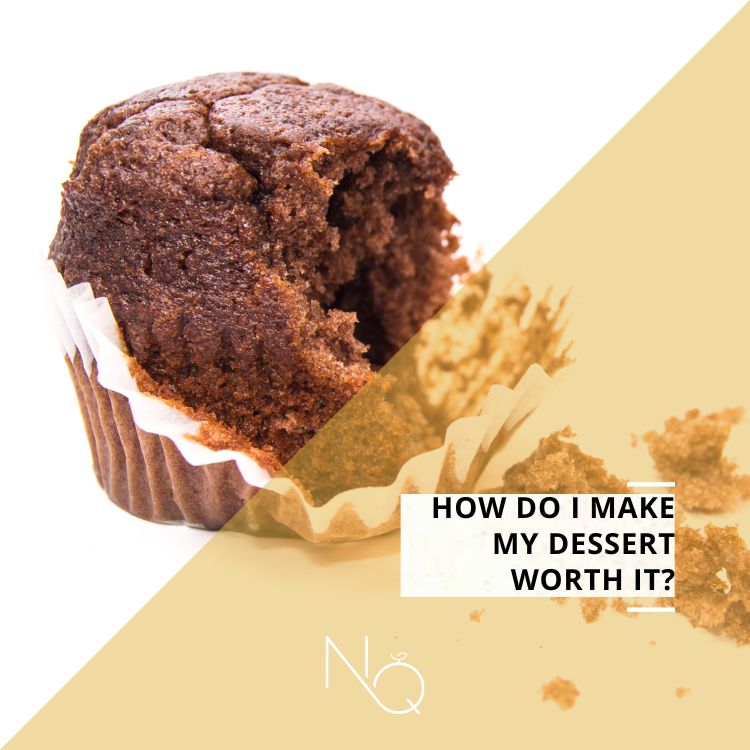Dessert is always worth it because it is a food with a pleasant taste that we love to enjoy. However, in this article, we will explain how to make our dessert worth it in nutritional terms. No, it's not an article about light sweets, but a simplified explanation of how our body works when a sweet enters.
The dessert we will eat
Sweets are delicious, have a pleasant taste, and we are programmed by nature to love them because they provide us with immediate energy. A piece of chocolate, dessert, or cake could be a possible choice that we crave to eat. These sweets are rich in simple carbohydrates and have a high glycemic load, i.e., they sharply raise blood glucose. By eating sweets, simple carbohydrates pass quickly into the bloodstream and increase glucose - blood sugar. In response to this large increase, our pancreas secretes large amounts of insulin, that is, the hormone that puts glucose into the cells and thus regulates its concentration in the circulation. This large secretion of insulin leads to a large drop in blood glucose levels to cause what we call "reactive hypoglycemia." Reactive hypoglycemia makes us feel sluggish and drained of energy. At the same time, when we eat the sweet, the brain leads to the secretion of cortisol, so we feel alert and alive, but this lasts for about 40' and, finally, the large drop in glucose from insulin leaves us exhausted. Just one more sweet will make us feel good again... Have you ever felt that?
The dessert we will eat will be worth it
The only way to control this process is to modify the rate at which glucose enters our blood, that is, to reduce the glycemic load of the meal. Adding another food along with our dessert, which is not rich in simple carbohydrates but contains fiber, good fats, or proteins, leads to a lower glycemic load and a more gradual rise in blood glucose. By adding a few nuts, a piece of fruit, or a bit of yogurt with the dessert, the vicious cycle is broken: at the same time as the pleasure of the dessert, we have the advantage of not feeling lethargic and needing additional sweet food. We avoid hypoglycemia and achieve satiety.
This scientific explanation can help us better understand how the body works. Understanding the action of glucose and insulin through this example helps demystify the sweet. No, it is not a forbidden food, but a food that we can learn to manage based on the elements it contains and enjoy it every time.




